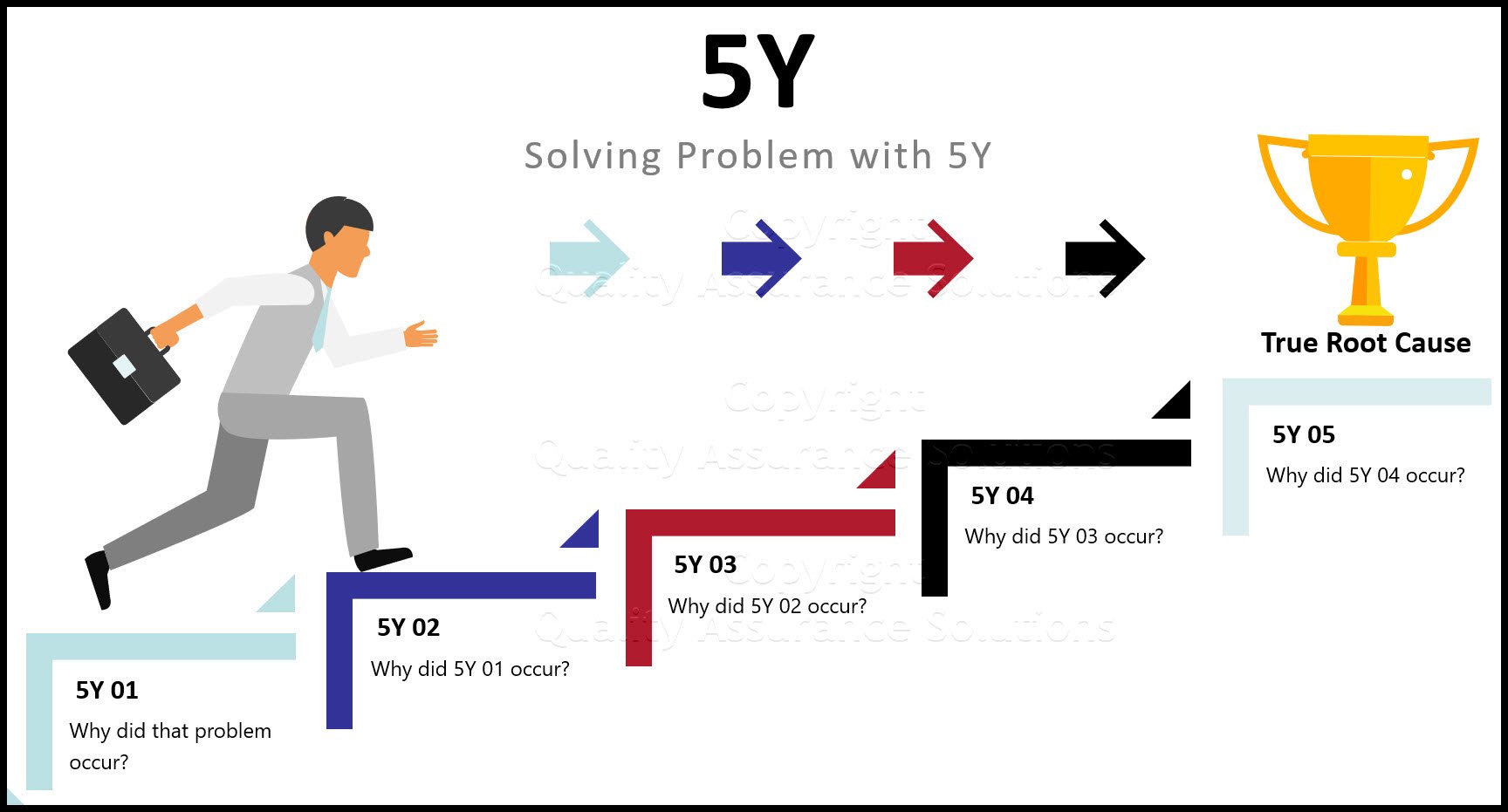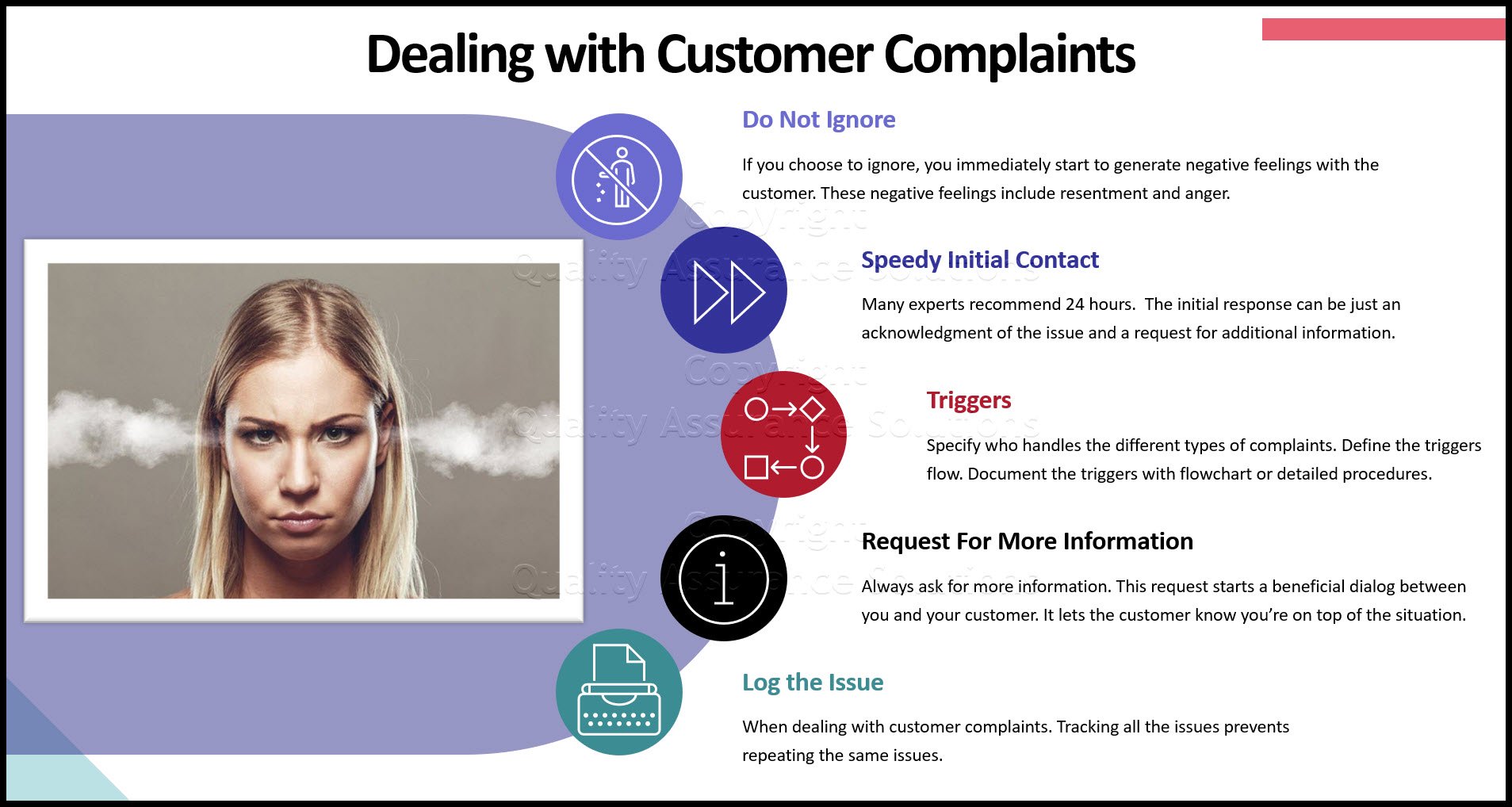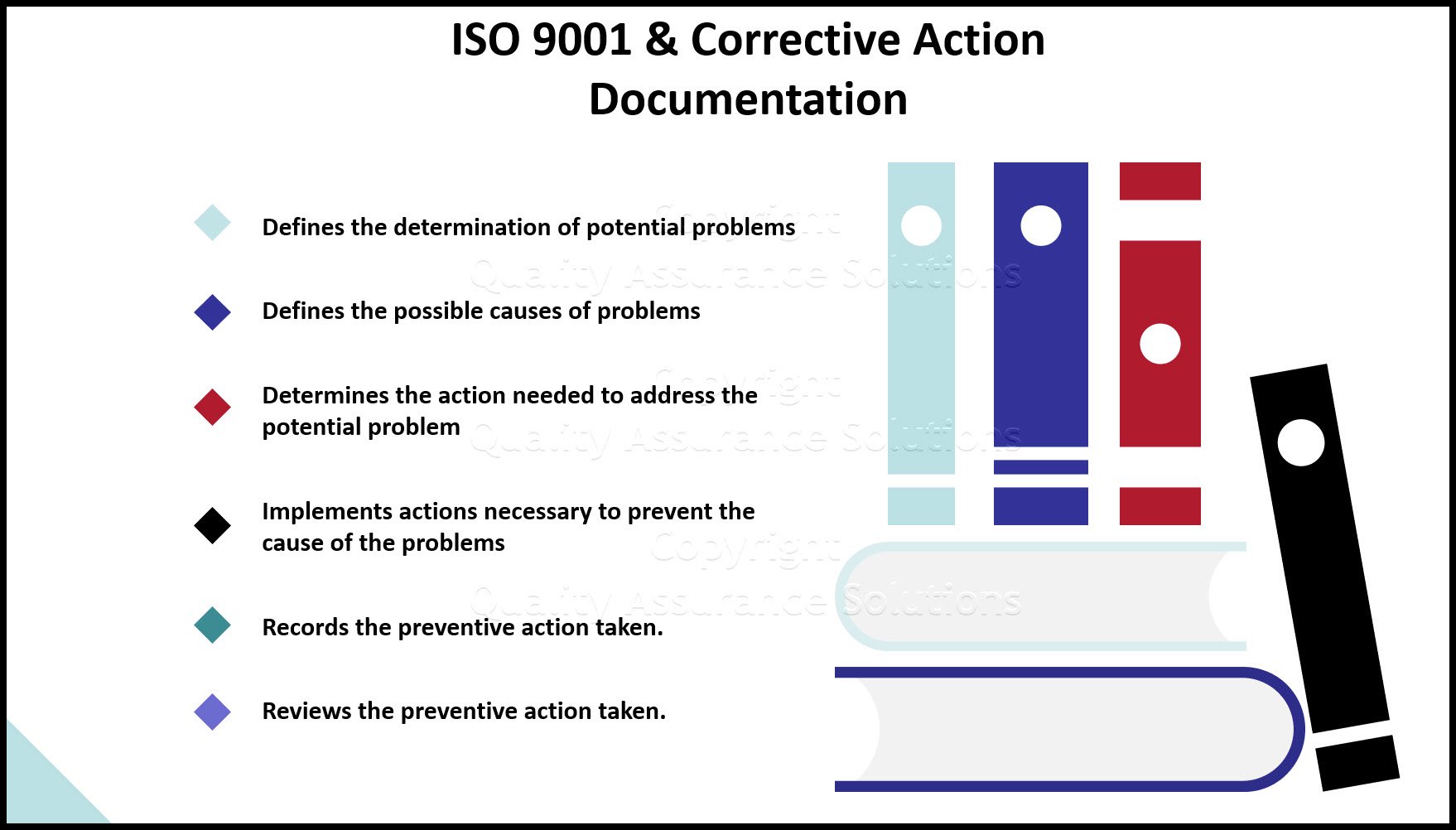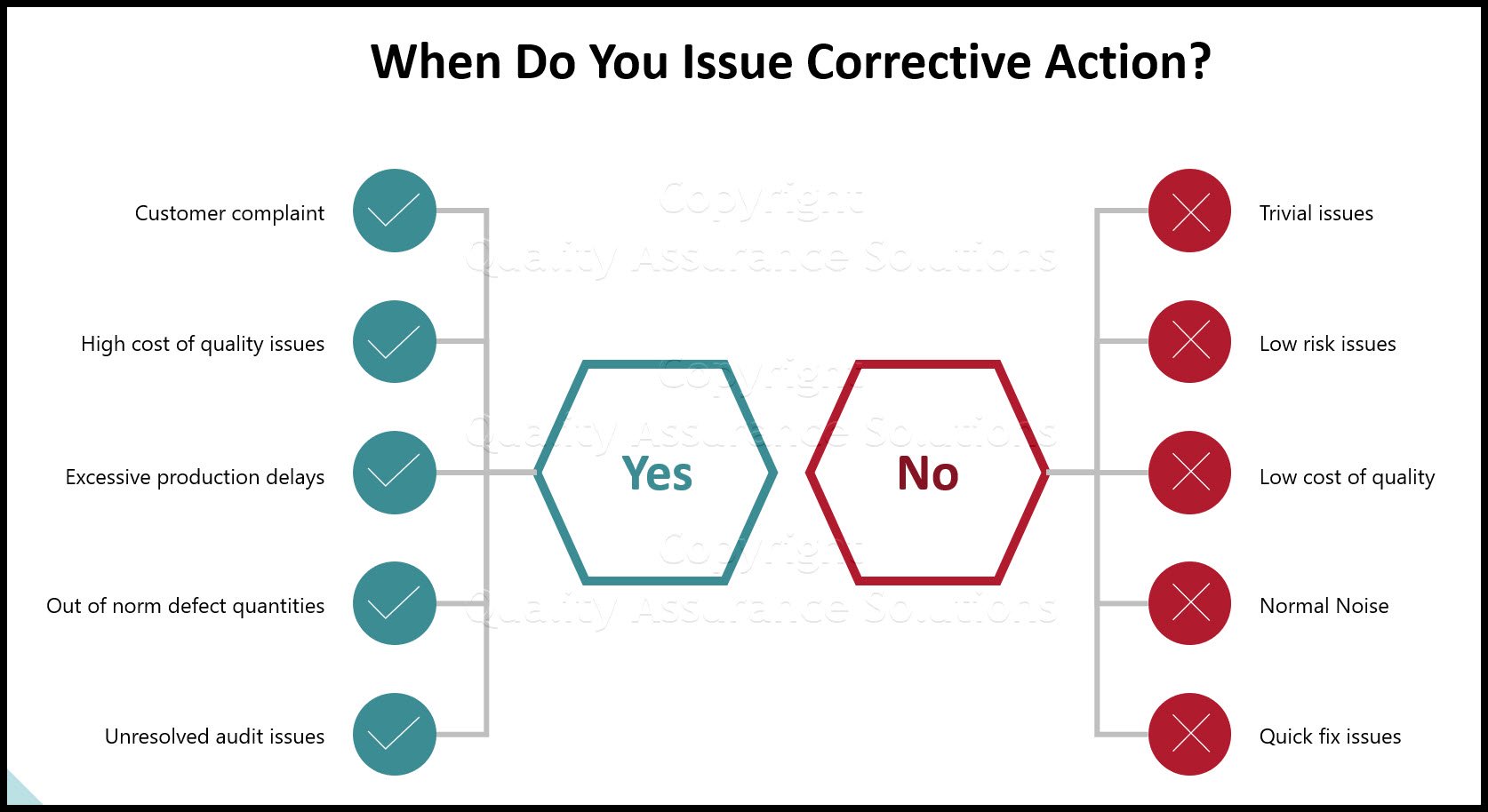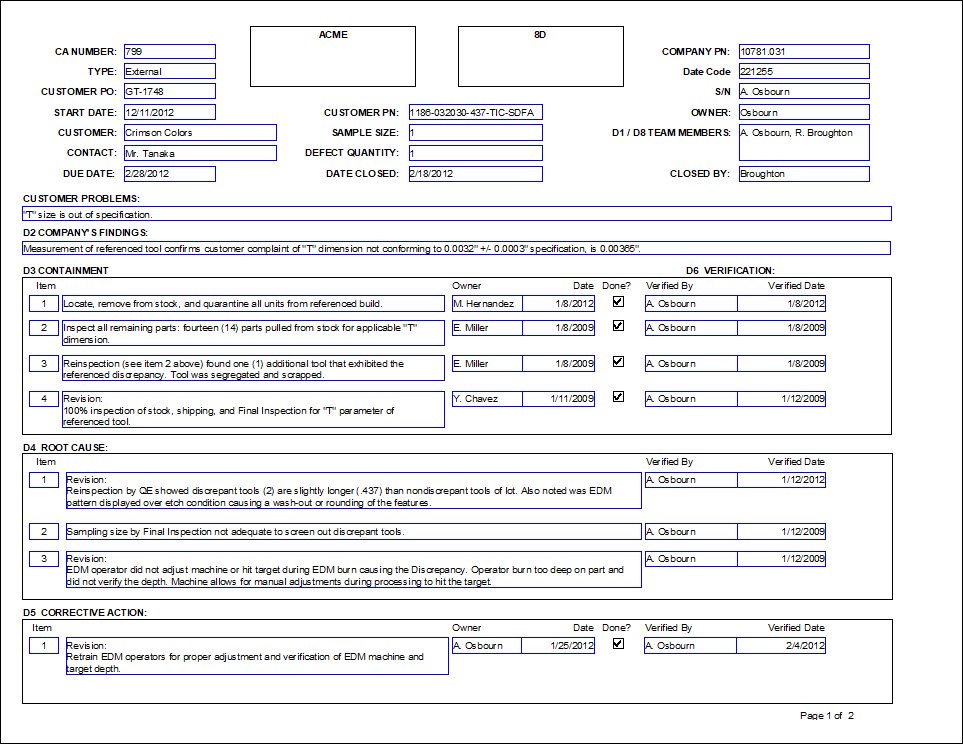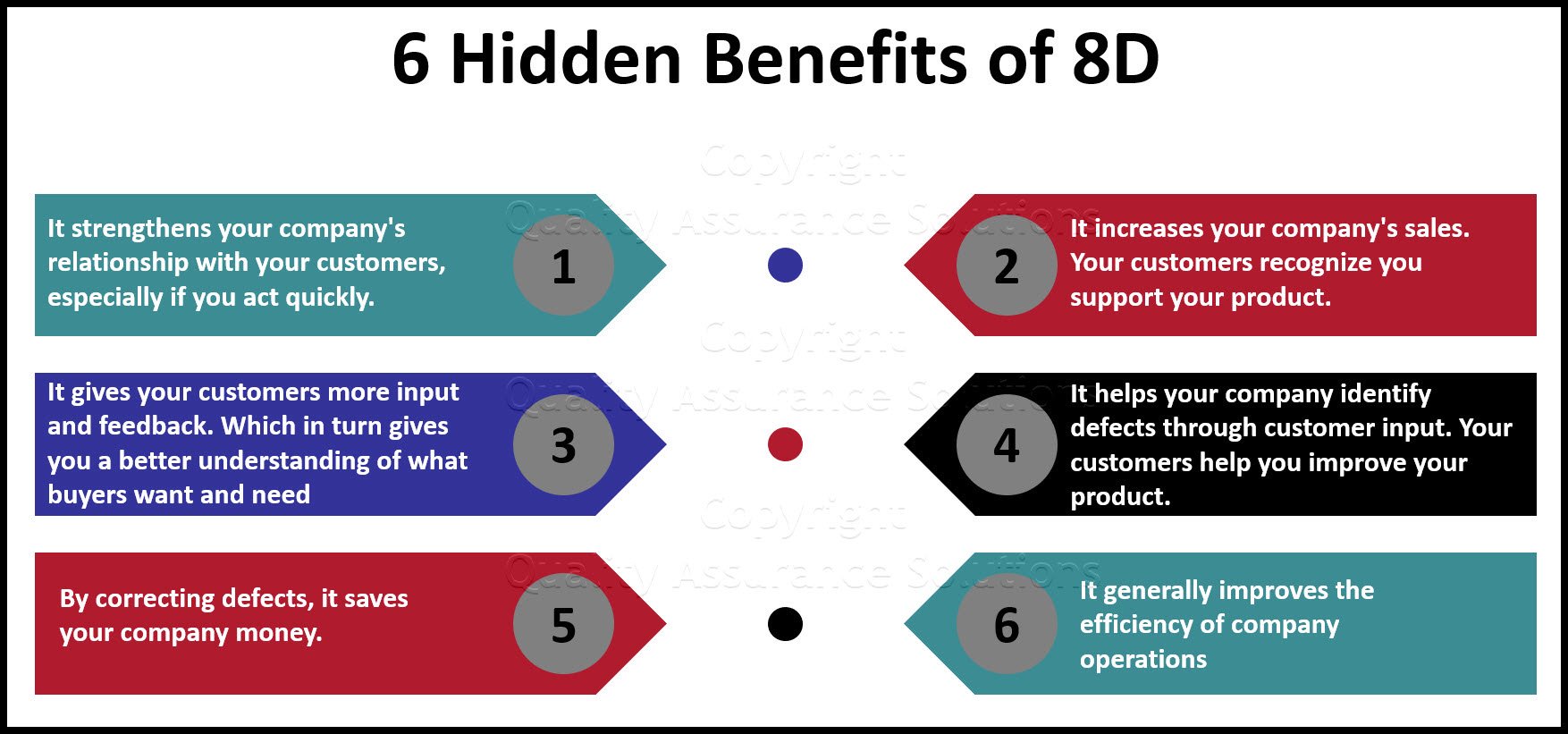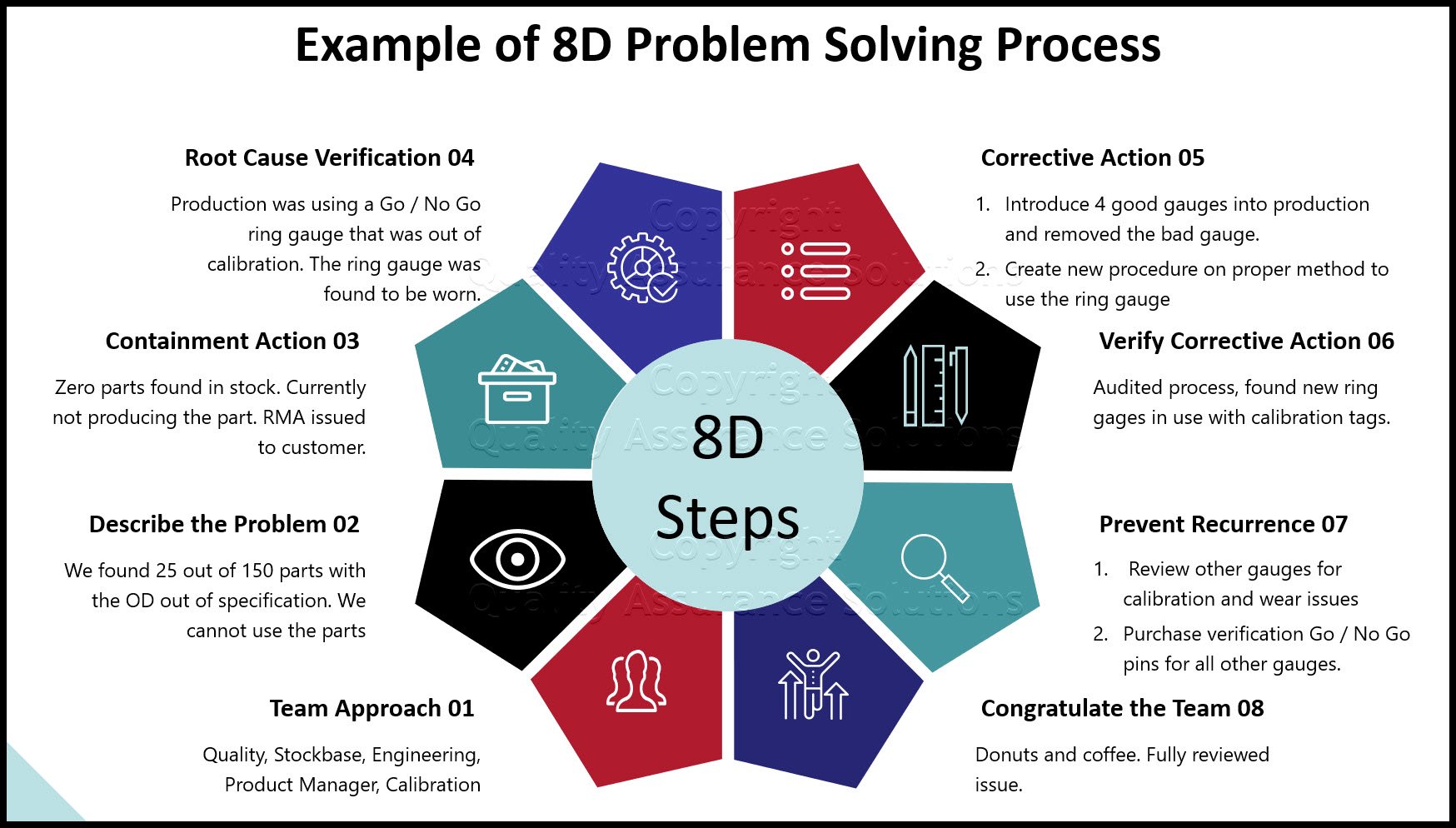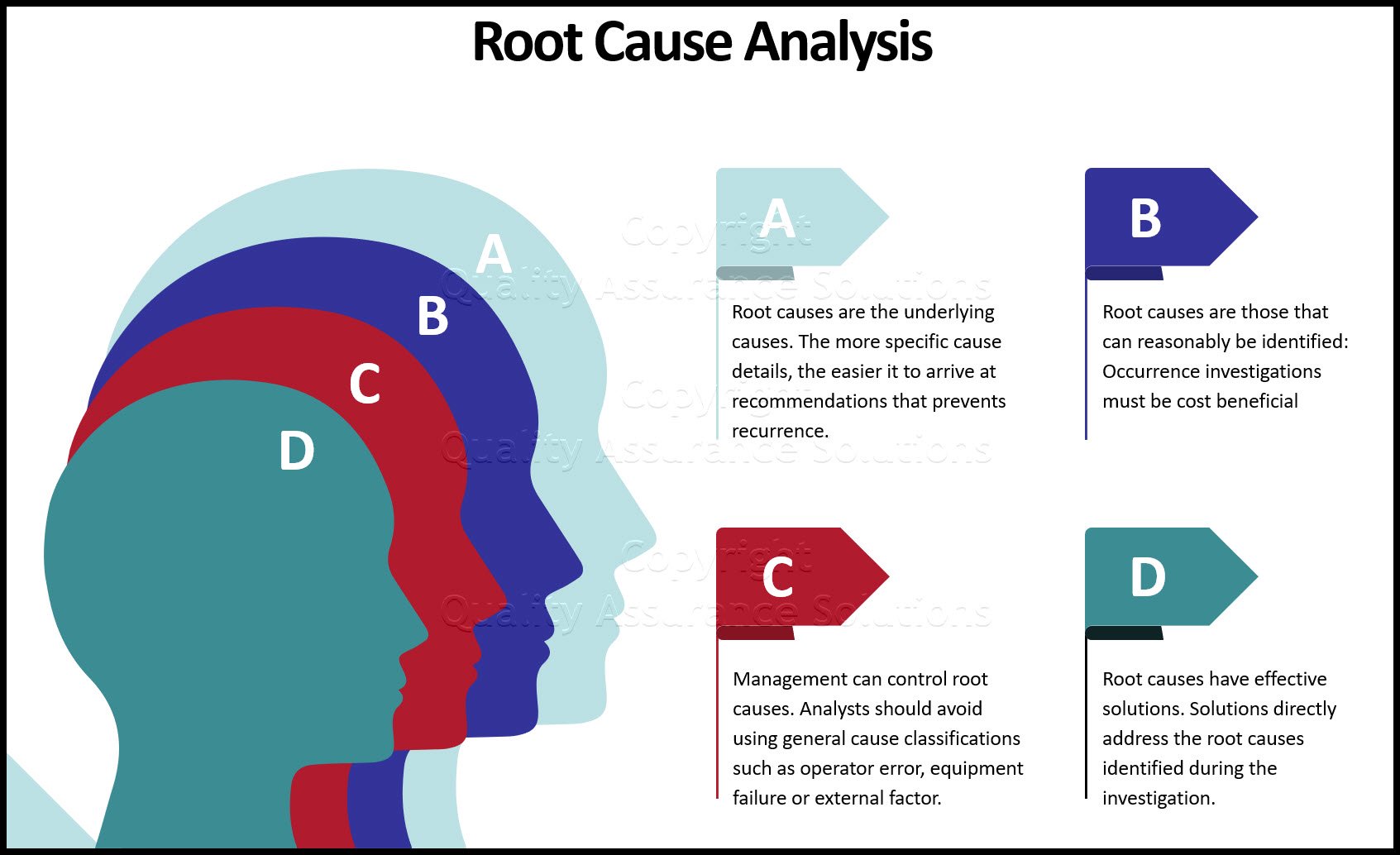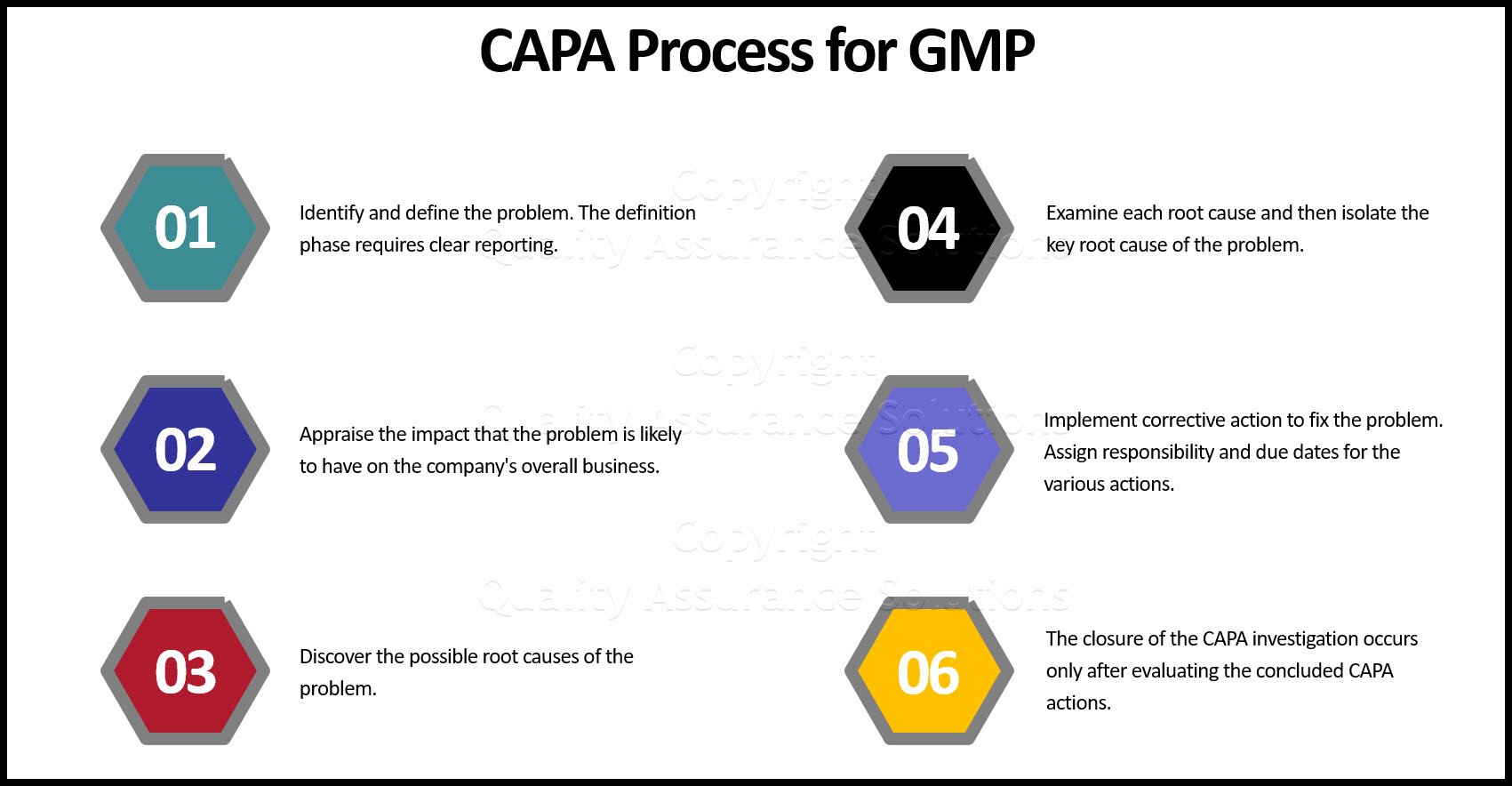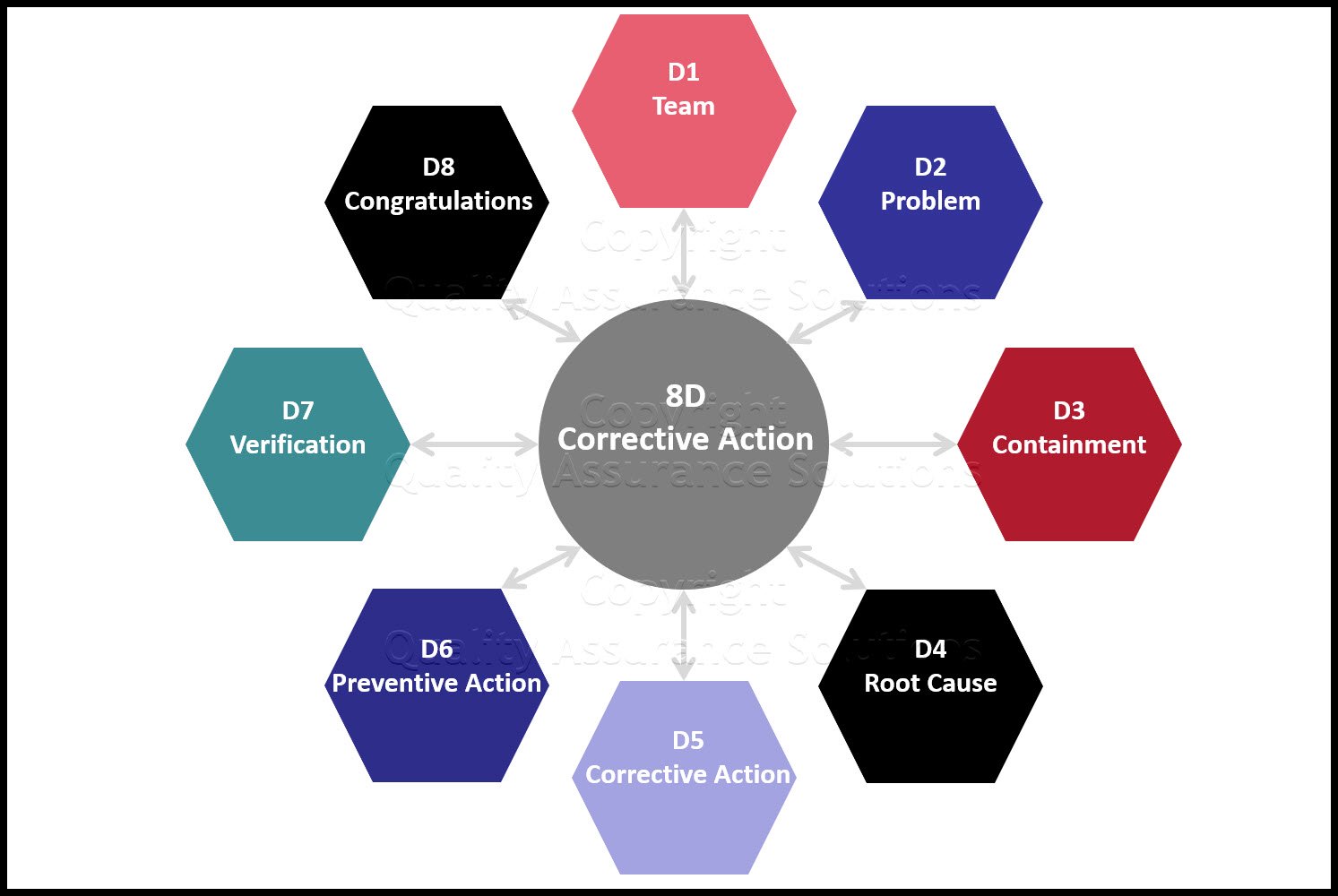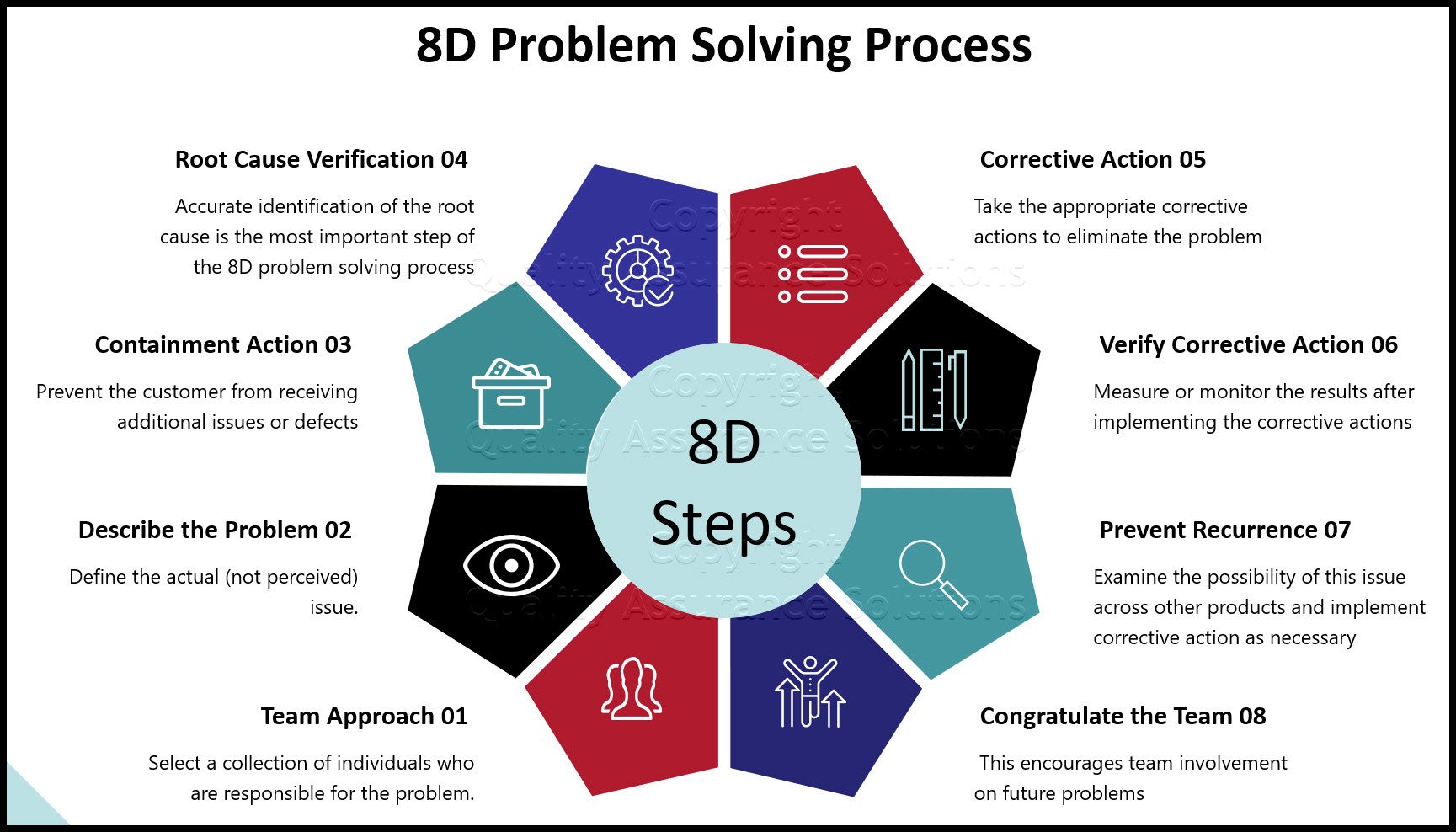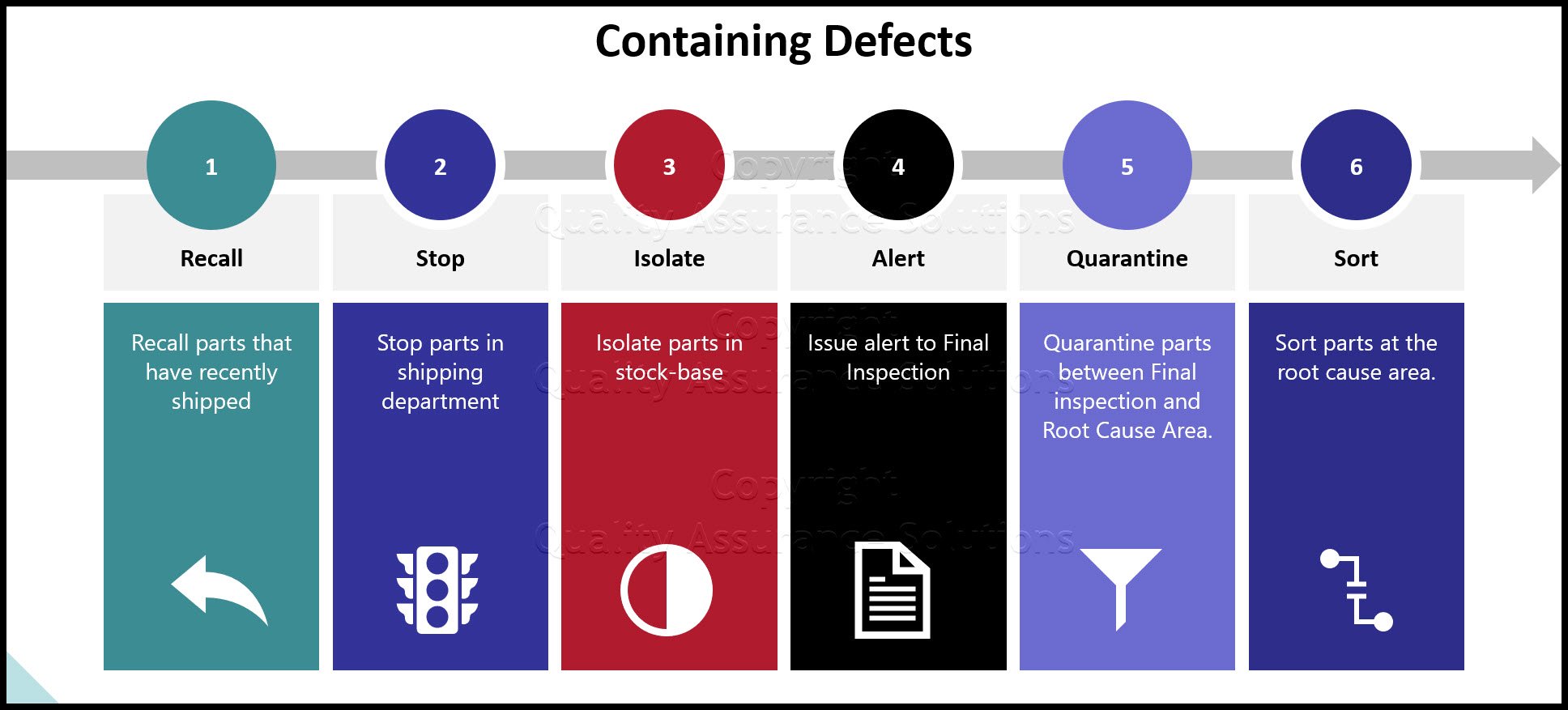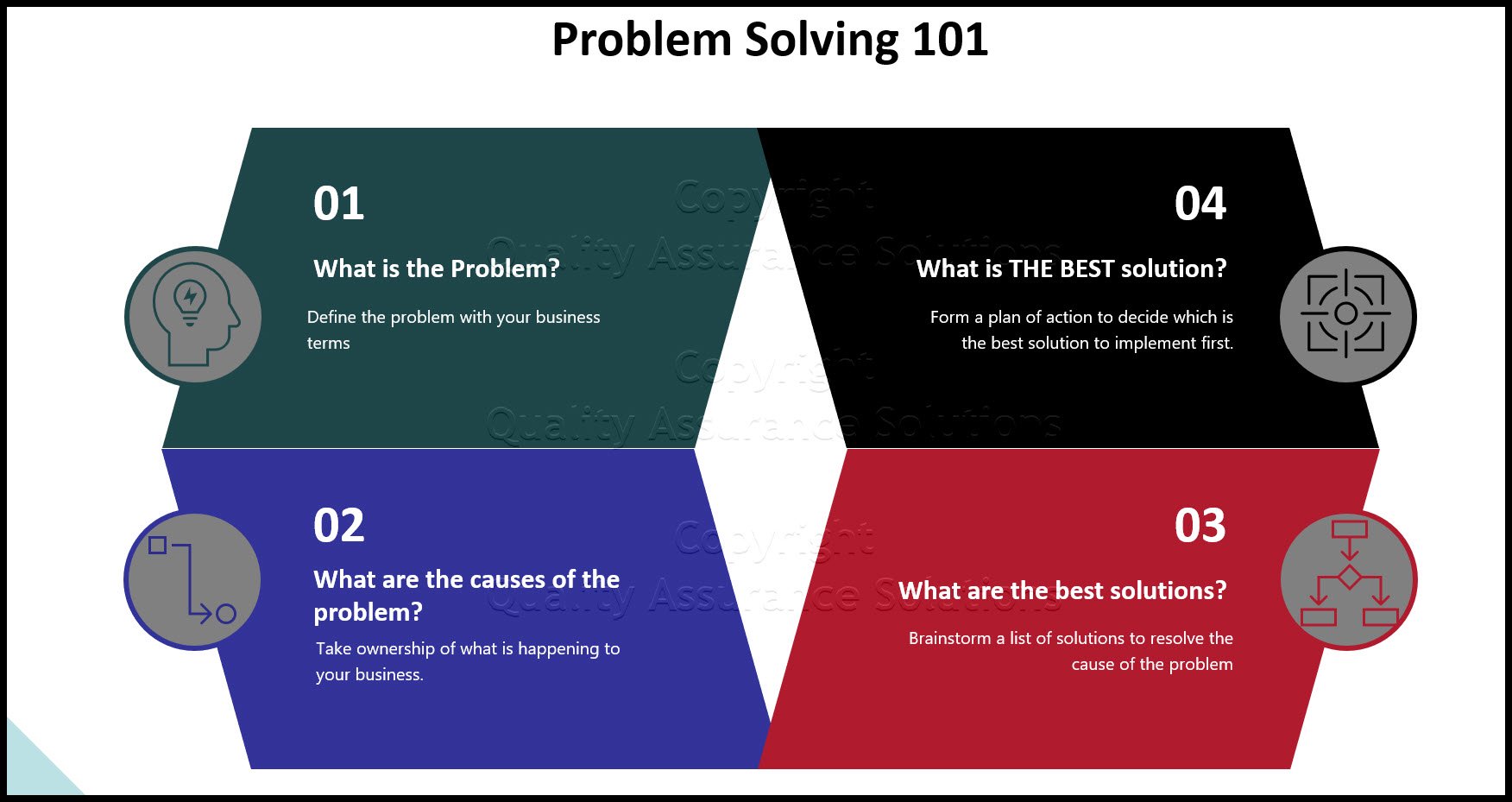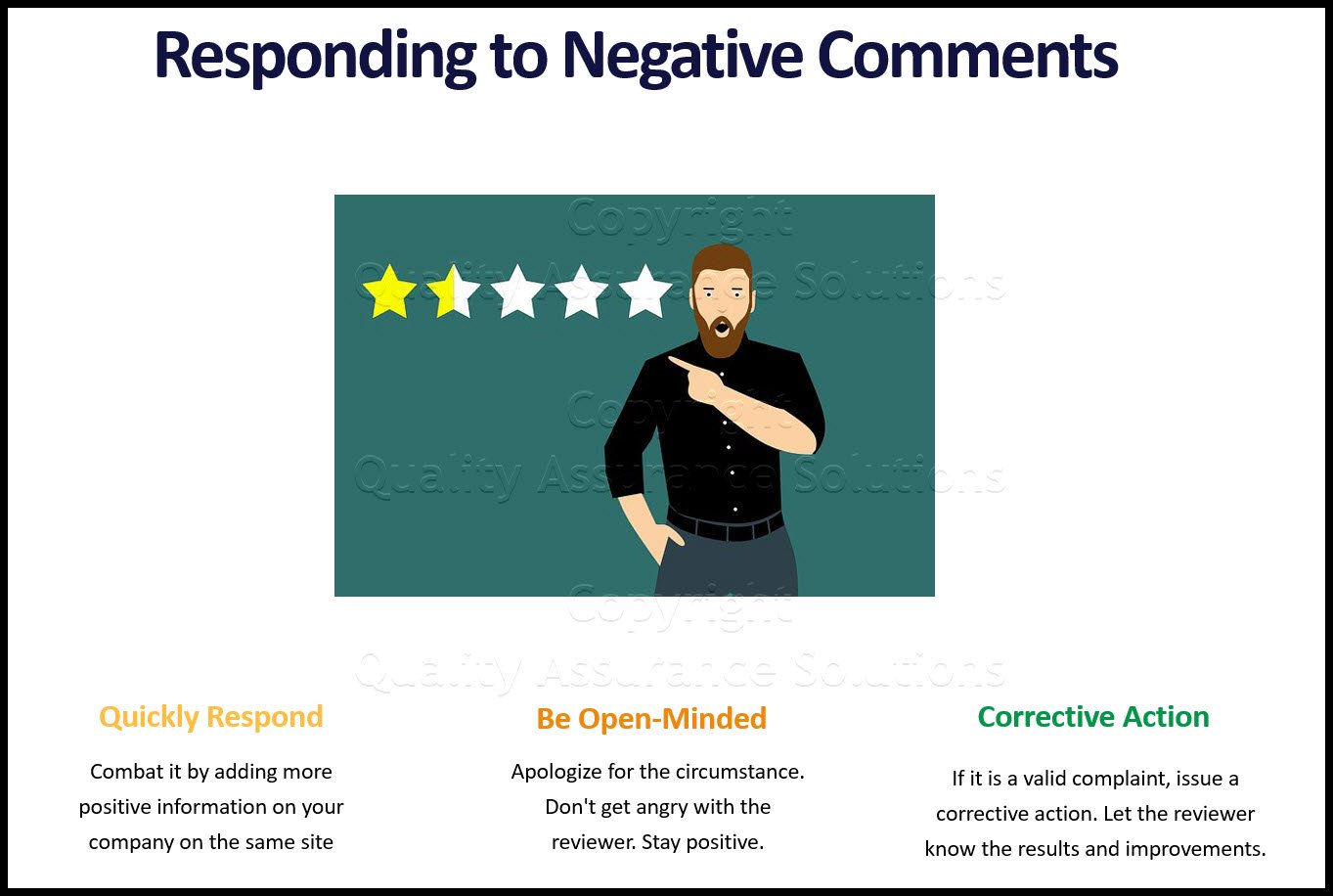How to Handle Customer Complaints with your Initial Response
Learn how to handle customer complaints when encountering a customer problem. Your initial response builds and improves your customer relationship.
Your initial response to customer problems depend on your
type of company, the type of problem, and the type of customer. But in general, this
article provides some tips to help you through the initial
stages on how to handle customer complaints.
Don't Panic
When you first get notified of a problem, typically we let stress affect our initial response. To avoid this stress, you may hide from the problem and act like it didn’t occur. Or you may overreact. You may take it personally and feel responsible. No good can come from the stress.
Instead, remain neutral. Breathe. Understand that this problem may be an opportunity in disguise. Focus on resolving the problem but understand that it may take some time to completely resolve the issue.
8D Manager Software with 8D, 9D, 5Y and 4M report generator. Your corrective action software for managing, measuring, and reporting issues.
Initial Response and How to Handle Customer Complaints
One of the first steps on how to handle customer complaints; issue an initial response. Whatever you do, do not ignore the complaint. The more time it takes for you to provide an initial response, the more your customer feels aggravated. Keep the timeliness of the initial response short, very short. If possible reply the same day and no later than the next business day.
In most cases the initial response supports the recognition of the issue. Below is some content to consider for the initial response.
- Accept no blame at this time
- Recognize the issue
- Let the customer know you’re there to help
- Gather more information
- Log the problem into your customer complaint software. (Of course we recommend 8D Manager!) And provide a reference number for the customer to refer to for future dialog.
Accept No Blame and Don't Blame
For the initial response do not accept any blame, unless you absolutely know the problem was caused by your company. This doesn’t mean you won’t accept the responsibility in the future, it just means you can’t make a determination of the blame at this time. The problem could result from many different areas such as manufacturing, shipping, warehousing and customer usage. A thorough investigation must be completed prior to identifying the root cause
In addition, do not blame the customer with the initial response. Don't point fingers.
Recognize the Issue
For the customer to take their time to issue the complaint /
problem should be enough evidence for you to understand that they have a
problem. I’ve been in many situations where a company ignored the first mention
of a problem from a customer. The company thinks, if this is really important,
they will complain again. This is not how to handle customer complaints! This attitude, in the long run, causes a decrease in
sales and customer retention. Plus this always results in more stress later.
In your first response, Always ask a question about the issue, even if you know the answer! Why ask a question?
- It lets the customer know you read and understand the complaint and are seriously interested in resolving the issue.
- It starts the conversation about the issue and encourages dialog between you and your customer. It pulls the customer towards your side. It makes the issue friendlier. It gets the ball rolling.
When you ask questions, do not use any questions that initially lay blame for either side.
Whatever the issue, I recommend logging that problem in 8D Manager. The history of your company’s problems drives important future improvements. This includes issues where customers caused the problem.
8D Manager Software with 8D, 9D, 5Y and 4M report generator. Your corrective action software for managing, measuring, and reporting issues.
Let the Customer Know You're There to Help.
How to handle customer complaints means letting the customer know that you want to help resolve the issue. Further, provide them the confidence that your company will resolve the issue.
In the initial response you may not know the person at your company responsible for future correspondence for this issue because it depends on the issue itself. However, the customer does not know this at the beginning. So, with the initial response provide your contact information. Be ready for immediate correspondence. If you do know the person handling the future correspondence provide their contact information too.
When you hand off the issue to someone with more responsibility, let the customer know at that time and provide their contact information. Note, when your company conducts too many issue hand offs, it makes your company look foolish. I recommend no more than one hand off. For example, how many times have you been on phone support with a company and they switch you to another support operator and then switch you again. What does this make you think about that company? The same holds true for complaint correspondence.

Gather More Information
I mentioned earlier to always ask a question in the initial response. You can use these question(s) to gather more information about the problem. Things to ask...
- Ask for pictures of the issue
- Ask for samples of the issue.
- Ask for traceability information
- Lot
number
- Batch
number
- Invoice
number
- Container
number
- Date
received
- Quantity
- Defect
Rate
- Where was the issue found?
- Receiving?
- Manufacturing?
- In
Process?
- Opening
the box?
You want to find out as much as possible about the complaint, as quickly as possible. With these questions, you show your deep interest in the issue to the customer. Plus the answers direct you to determining root cause of the issue. Many times, you may find with the additional information, you can easily resolve the problem.
8D Manager Software with 8D, 9D, 5Y and 4M report generator. Your corrective action software for managing, measuring, and reporting issues.
Prior to the Initial Response
If possible, review your history for this customer. If you have software, like 8D Manager, you can easily do this. The history lets you know the customer's important issues. The history prevents you from repeating the same root causes and corrective actions to your customer. Customer get perturbed when you did not completely resolve their previous complaints. The history may provide a roadmap on how to handle customer complaints. The history also lets you know if the customer makes it a tendency to repeating the same mistakes when using the product.
- QAS Home
- Corrective Action
- How to Handle Customer Complaints
|
Quality Assurance Solutions Robert Broughton (805) 419-3344 USA |
 |
|
Software, Videos, Manuals, On-Line Certifications | ||
|
An Organizational Task Management System. Projects, Meetings, Audits & more | ||
|
Corrective Action Software | ||
|
Plan and Track Training | ||
|
AQL Inspection Software |
|
450+ Editable Slides with support links | ||
|
Learn and Train TRIZ | ||
|
Editable Template | ||
|
Templates, Guides, QA Manual, Audit Checklists | ||
|
EMS Manual, Procedures, Forms, Examples, Audits, Videos | ||
|
On-Line Accredited Certifications Six Sigma, Risk Management, SCRUM | ||
|
Software, Videos, Manuals, On-Line Certifications |


